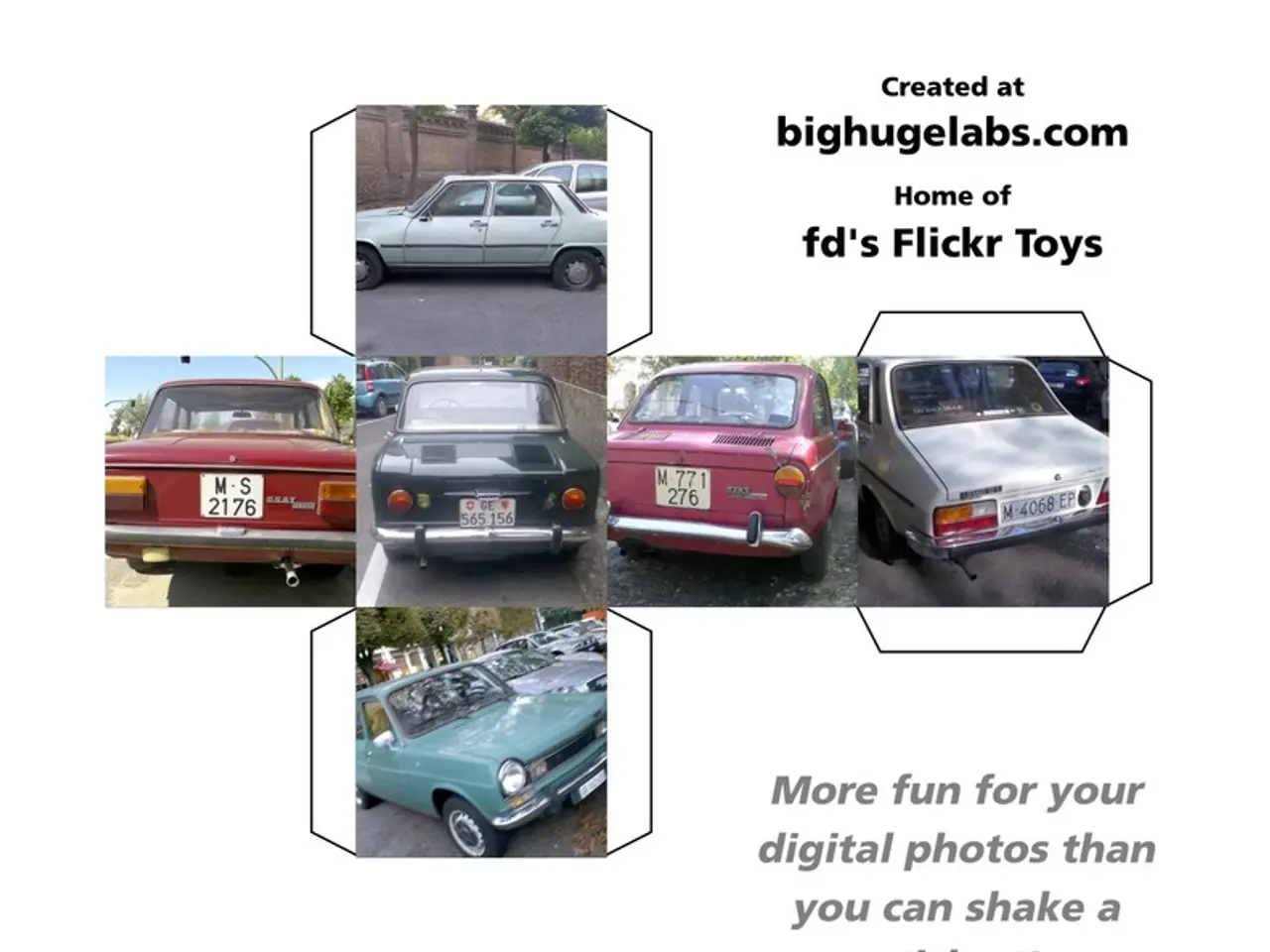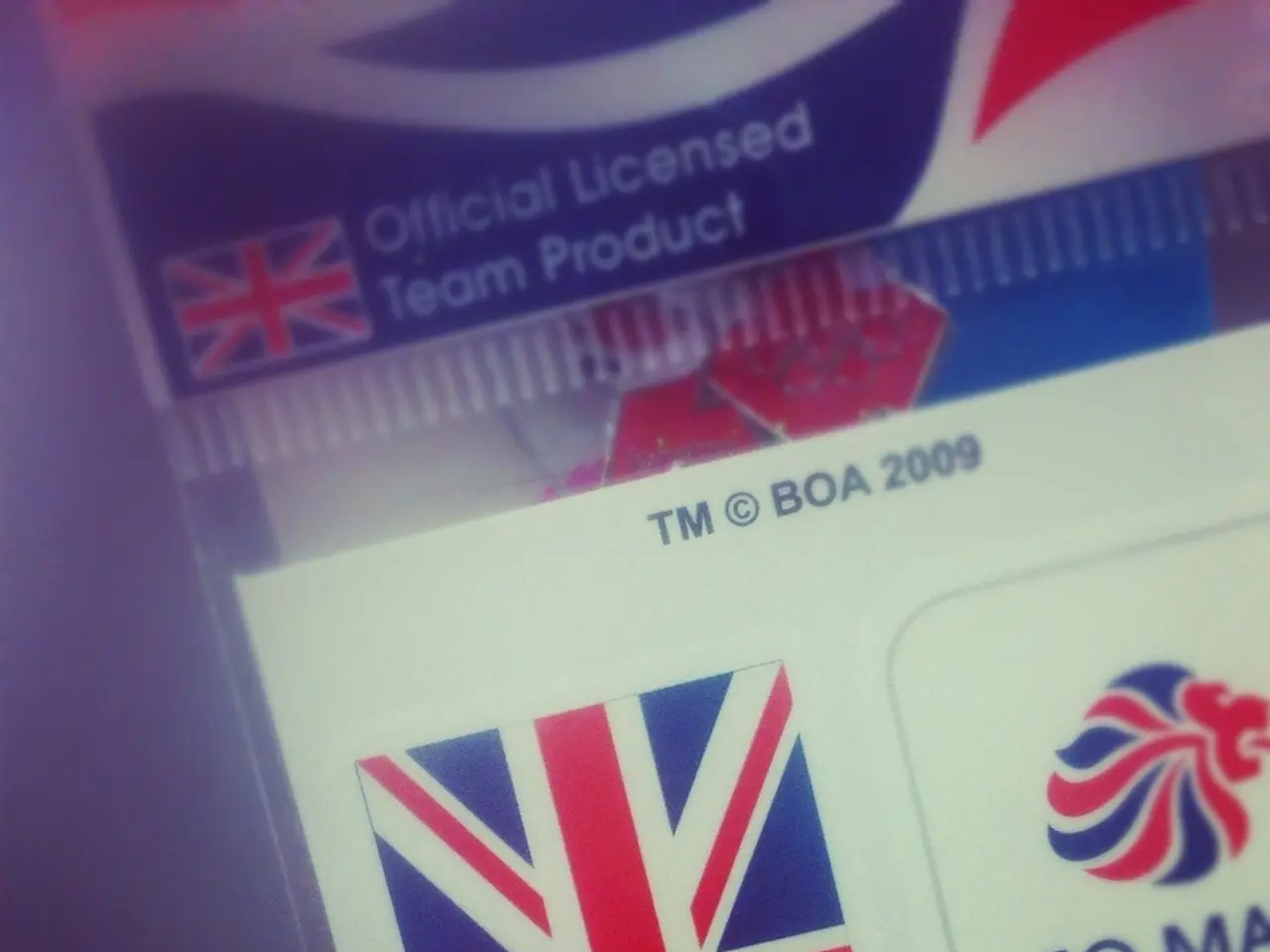Increased EU tariffs flawed? BYD & Co. regaining dominance in Europe once more
In the dynamic world of electric vehicles (EVs), Chinese manufacturers are making a significant impact in Europe. The comeback of these automakers, led by brands like BYD, Xpeng, and others, is a clear warning for European dominants in the industry.
The key to Chinese EV manufacturers' success in the European market in 2021 was a combination of aggressive pricing, high-quality products, and strategic adaptation to tariffs. BYD, for instance, leveraged rock-bottom prices subsidized by the Chinese government to rapidly increase market share, focusing initially on attracting customers with affordable, reliable vehicles before prioritizing profits.
Chinese EV makers also adapted their strategies by circumventing tariffs through establishing manufacturing facilities in Europe, such as in Hungary, allowing them to bypass import duties and reduce costs. This local production strategy helped them compete more effectively against European marques. Furthermore, Chinese brands tailored their lineup to include popular models for the European market, focusing on plug-in hybrids alongside battery electric vehicles, which matched current consumer demand and regulatory environments.
This multi-faceted approach—competitive pricing fueled by subsidies, local production to avoid tariffs, and model adaptation—constitutes the core of their successful European expansion.
BYD, with the symbol WKN: A0M4W9, has adjusted its strategy as a key factor in its success. In the first half of the year, BYD increased its electric vehicle sales by a whopping 143%. The SUV model Seal U has even entered the top ten of plug-in hybrid sales in Europe. BYD is very aggressive with plug-in hybrid pricing, but more cautious with pure electric vehicle pricing.
In June 2022, Chinese brands captured a record 5.4% total market share, not only in the electric vehicle segment but also in hybrids and across all powertrain types. This market share is nearly equal to the record of 11.1% set in June 2021, which was inflated by advance deliveries before tariffs took effect. Chinese manufacturers sold a record 21,916 electric vehicles in the EU, UK, and EFTA countries in June 2022, reflecting their strategic adaptation and substantial investment both in product offerings and manufacturing footprint in Europe.
Competitors like Xpeng and Leapmotor even saw stronger growth. However, Xpeng is cautious with pricing for pure electric vehicles, not wanting to anger European automakers and prompt them to complain to the EU Commission.
Among Chinese automakers, DER AKTIONÄR currently favours BYD. On the other hand, MG, a brand owned by SAIC, has focused more on hybrid and combustion engine models.
JATO analyst Felipe Munoz states that the gap between Chinese manufacturers and traditional manufacturers is not as big as one might think. The EU drew a red line with tariffs to protect its domestic industry from state-subsidized imports from China, but the impact seems to be fading.
The rapid growth of Chinese EV sales in Europe, from a niche presence to significant market penetration and outpacing traditional competitors in some segments, underscores the strategic adaptation and substantial investment of Chinese automakers in the European market. As the industry continues to evolve, it will be interesting to see how these trends develop further.
In 2021, Chinese EV manufacturer BYD, utilizing subsidies from the Chinese government, offered aggressive pricing to rapidly increase market share in Europe, initially focusing on affordable, reliable vehicles while prioritizing profits later.
Additionally, Chinese brands have been adapting their strategies by establishing manufacturing facilities in Europe, such as in Hungary, to avoid tariffs and reduce costs, allowing them to compete more effectively against European marques in various powertrain types.




